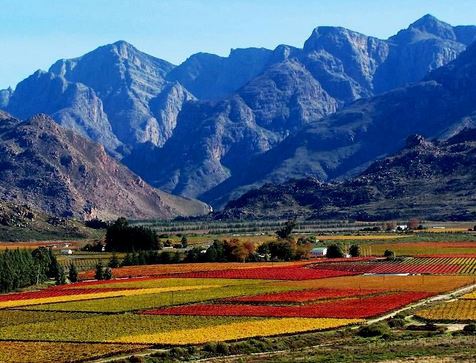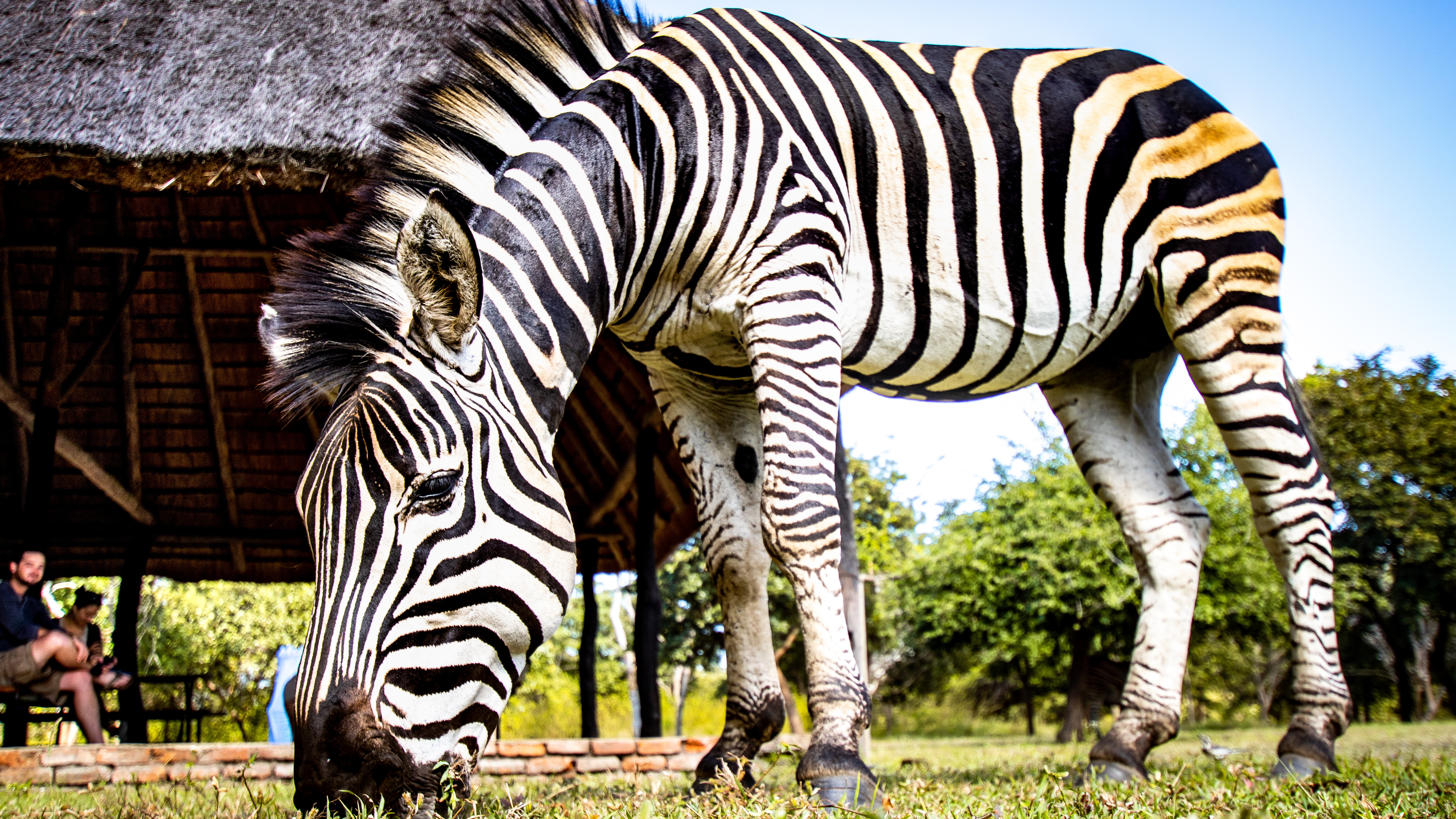Matobo National Park
In the Matabo Hills there are more than 200 different tree species including acacias, aloes and wild fruit trees, and there are also 100 different types of grass. In terms of animals, there are 88 different mammals, 175 bird species, 39 different snakes and 16 fish species. Among the birds, the black (crested) eagle stands out. The park has a high concentration of rhinos and you have a good chance of seeing them during a safari. There are also hippos, crocodiles, leopards, giraffes, zebras, kudus, moose, hyenas, cheetahs, ostriches, wildebeests, waterbucks, wild cats, rock dassies, monkeys, etc. For the greatest chance of seeing a lot of wildlife, visit the part of Matobo, known as Whovi Game Park, is closely monitored to prevent poachers from cutting the rhino’s horns and smuggling them out of the park.
More than 2000 years ago the San Bushmen were already living in the Matobo hills and they left their rock art here in more than 3000 places. These rock drawings have given us a good impression of the animal species that lived in this area. One of the drawings found was of a rhino and therefore they were reintroduced in Matobo in 1960. Some of the caves where you can see petroglyphs are: Bambata Cave, Inanke Cave, Nswatugi Cave (one of the best rock art places in the country), Pomongwe Cave and White Rhino Shelter.
Matabo is an interesting area for hikers, particularly due to the erosion of rock formations that have strangely worn out. Climb Nyahwe mountain or Mount Shumbashawa near Gordon Park or hike from Toghwana Dam to the rock drawings at Inanke Cave. Options for shorter hikes / walks around Maleme Camp are: the Lakeside walk along the dam, hike from Maleme Camp to the rock paintings at Pomongwe Cave or climb to the top of Mount Pomongwe. You can also book guided walks at the main office in Maleme Camp. The balancing rocks are also very popular objects for photography enthusiasts.
Add to my travel plans


